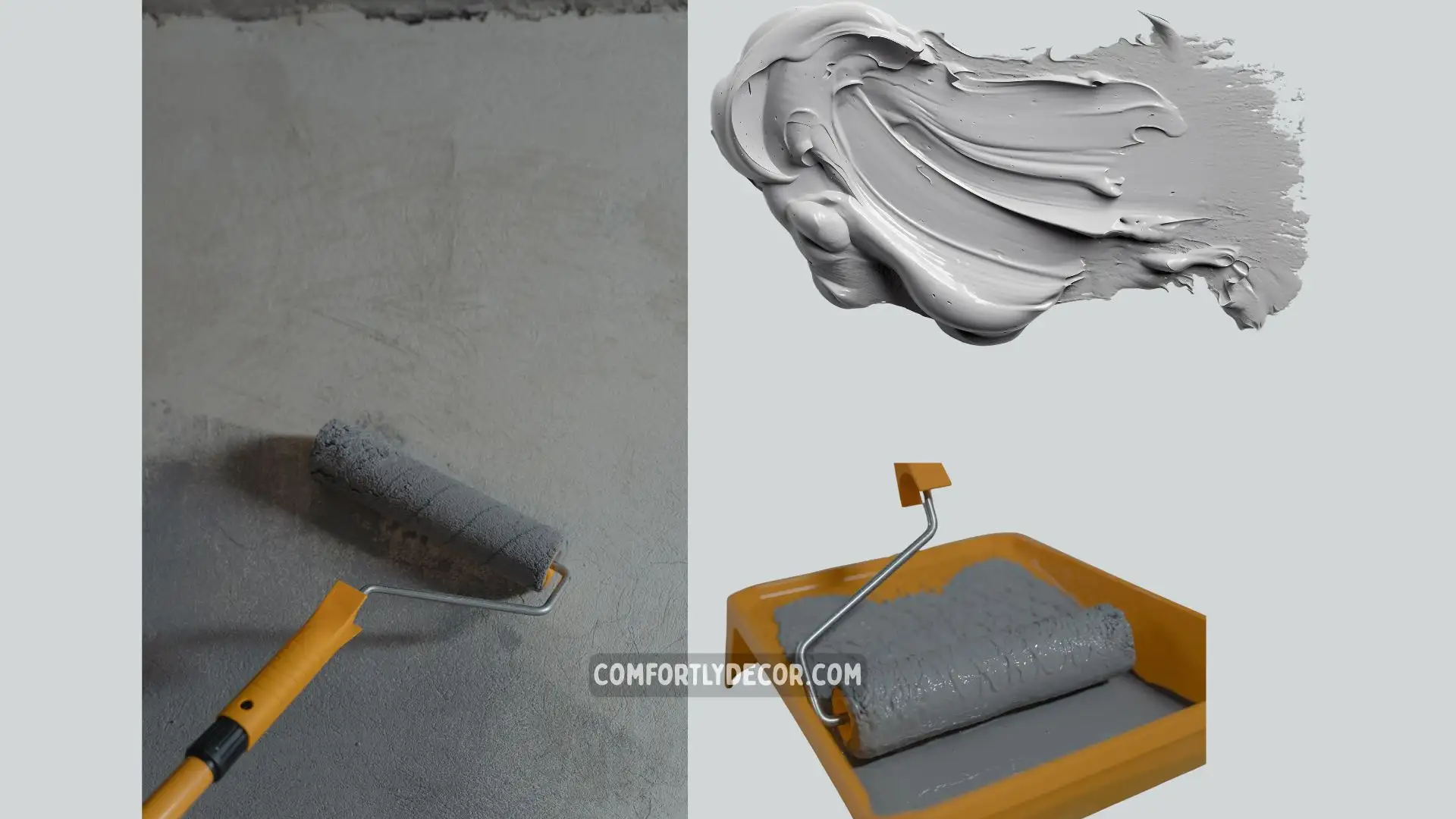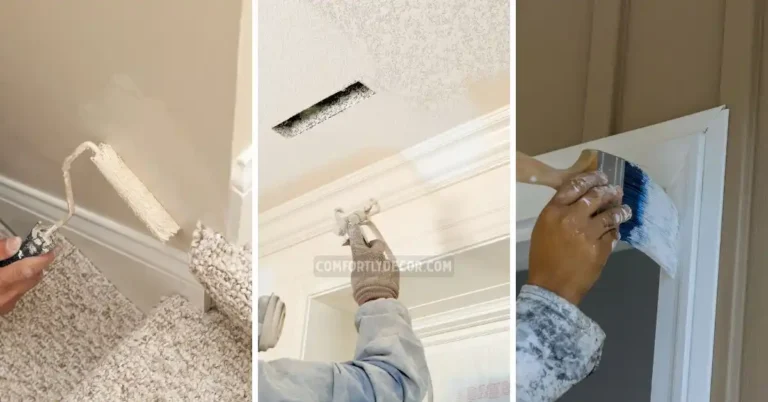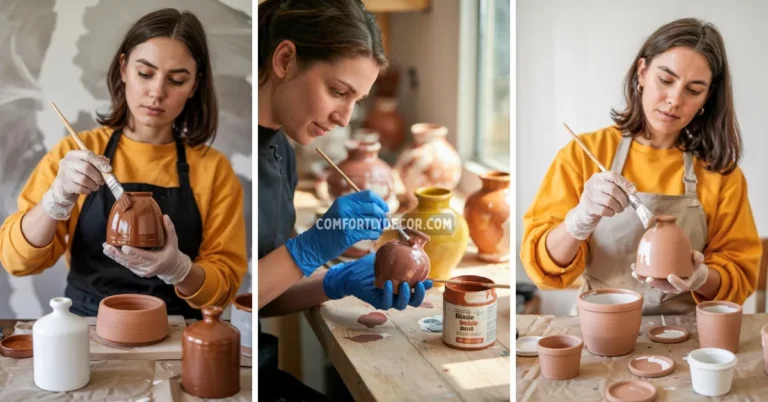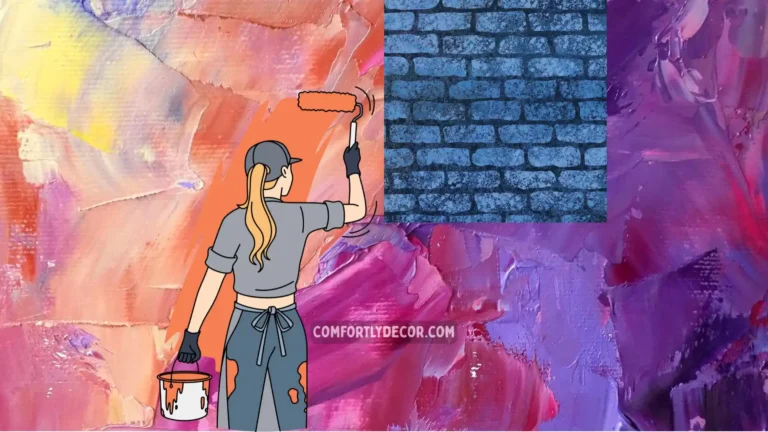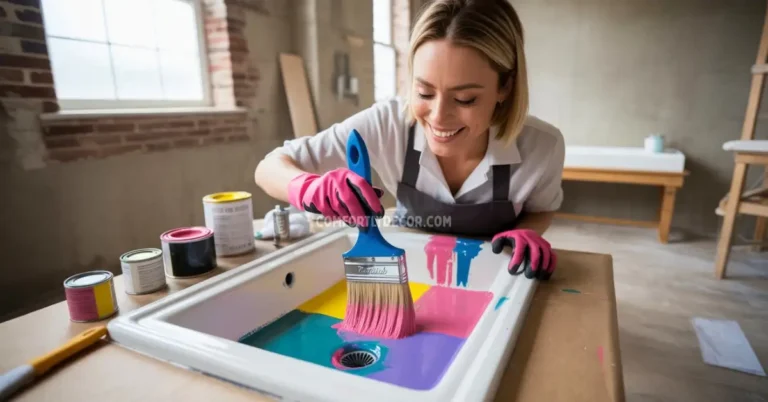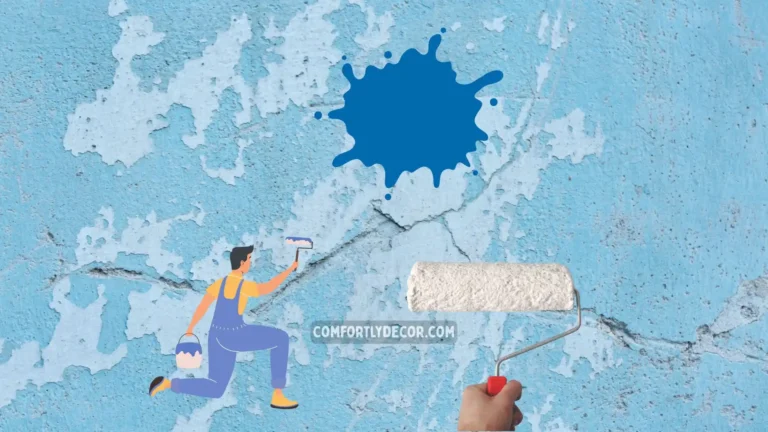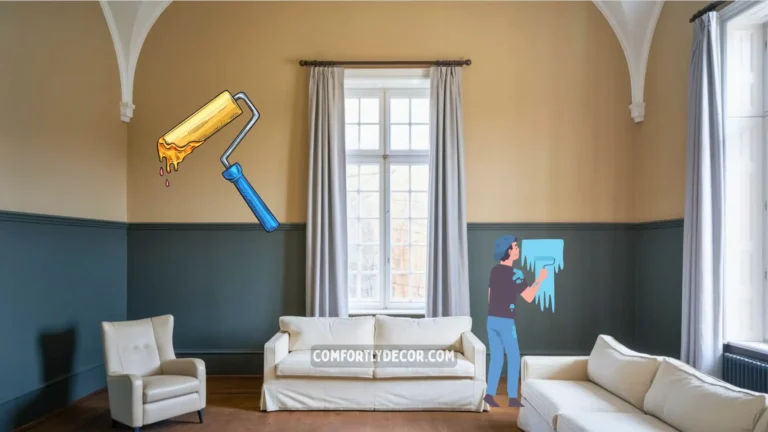How to Make Gray Paint
When it comes to versatile and timeless colors, gray stands out as a favorite in both home decor and art. Whether you’re updating your living room walls or working on a painting masterpiece, creating the perfect shade of gray can elevate your project’s outcome. But instead of heading to the store to buy pre-mixed gray paint, why not mix it yourself?
Mixing gray paint at home gives you control over its tone, shade, and intensity. Plus, it’s a fun and cost-effective way to personalize your space or artwork. This guide will walk you through various methods for making gray paint, from basic mixtures to advanced techniques, so you can achieve the exact look you’re after.
Benefits of Learning How to Mix Gray Paint
Before we get into the techniques, here are some reasons why knowing how to create your own gray paint is so impactful:
- Customizable Shades: Achieve the precise gray tone you envision.
- Cost-Effective: Save money by using the paints you already have.
- Creative Freedom: Experiment with undertones to match your personal taste.
- Sustainability: Avoid unnecessary waste; make only what you need.
Now, grab your paintbrush and mixing palette and let’s start creating the perfect gray!
Basic Gray
If you’re looking for the simplest approach, creating basic gray is where to begin. This method involves just two colors.
Mixing Black and White
To make a neutral gray, mix equal parts of black and white paint. This gives you a balanced mid-tone gray. Adjust the proportions to customize the shade:
- Lighter Gray: Add more white paint for softer tones.
- Darker Gray: Increase the black paint for a bold, deeper gray.
Pro Tip: Always mix small test batches first, as it’s easier to add more paint than to remove it. Keep note of your ratios if you want to replicate the exact shade later.
Gray by Mixing Primary Colors
Want to step up your skills? Mix gray using the three primary colors – red, blue, and yellow. This method not only introduces variety but also adds rich nuances to your gray paint.
The Primary Color Process
Combine all three primary colors in equal amounts. The result is a muted gray shade. However, tweaking the proportions of each color can produce different effects:
- Cooler Gray: Add a touch more blue to give the gray a fresh, cool vibe.
- Warmer Gray: Increase the red or yellow for a cozier, softer tone.
This method taps into your creativity while letting you explore color theory in action. It’s a great way for artists and designers to add depth to their work.
Using Complementary Colors
Complementary color mixing is another exciting way to make gray. Complementary colors are pairs that are opposite on the color wheel, such as orange and blue or red and green. When combined, they neutralize each other, creating gray.
Complementary Color Combos
Some popular pairs include:
- Blue and Orange: Creates a cool gray with vibrancy.
- Red and Green: Yields a neutral or warm gray, depending on proportions.
- Yellow and Purple: Produces a warm gray with subtle richness.
Experiment Tip: Start by mixing small amounts of each complementary color and fine-tune the proportions to achieve your desired tone.
Adjusting Darkness and Lightness
Once you’ve got your base gray, you can easily adjust its lightness or darkness. The shaping of gray through tints and shades lets you customize the color for specific projects and moods.
What Are Tints and Shades?
A tint is created by adding white to a color, while a shade involves mixing in black.
- To Lighten Gray: Gradually add white paint. This is ideal for creating soft, pastel-style grays.
- To Darken Gray: Add black paint sparingly to deepen the gray without overpowering the balance.
Take it slow, as small amounts can make a big difference!
Adding Undertones
Gray paint doesn’t have to look flat or one-dimensional. By adding undertones, you can introduce warmth or coolness, giving the color more depth and personality.
Cool Grays
For a sleek and modern look, add a hint of blue or green to your gray. Cool grays work perfectly in spaces designed for relaxation, such as bedrooms and offices.
Warm Grays
To create cozy, inviting tones, mix in a small amount of red, yellow, or orange. Warm grays are great for living rooms or dining areas, where a sense of comfort is key.
Fun Fact: Gray with undertones is often used in interior design to complement wood furniture or metallic accents. Test undertones against your decor to find the perfect match!
Advanced Techniques
Once you’ve mastered the basics, you can explore advanced methods for creating complex gray tones that elevate your art or decor projects.
Layering and Glazing Techniques
For artists, layering gray paint on a canvas can add depth and dimension. Use a glazing medium to create translucent layers of gray, allowing the undertones to shine through and interact with the background.
Experimenting with Textures
Add texture to your gray paint using tools like brushes, sponges, or rollers. This approach can create visually interesting effects, especially for wall finishes or abstract artwork.
What Makes Gray a Favorite Choice?
Gray paint is celebrated for its versatility:
- Neutral Backdrops: Gray walls provide a subtle background that enhances other design elements.
- Timeless Appeal: Unlike trendy colors, gray rarely goes out of style.
- Mix and Match: Its neutral properties make it easy to pair with bold accent colors.
Whether you’re painting a feature wall or creating a unique piece of art, gray serves as an exceptional base.
FAQs
Try It Yourself
Mixing gray paint offers endless possibilities for creativity. Whether you stick to the basics or explore advanced techniques, the process is both fun and rewarding. Don’t be afraid to experiment with proportions, undertones, and methods to find your perfect shade of gray.
With these tips, you’ll not only save money but also gain the satisfaction of crafting custom shades that reflect your personal style. Now, grab those brushes and start painting your world in stunning shades of gray!

I am Mindy Medford, a home décor, paint, and design specialist with over a decade of hands-on experience transforming ordinary spaces into cozy, personality-packed havens. Since 2013, I have been helping homeowners discover the art of beautiful yet practical design. I share my love for color, texture, and layout—making stylish interiors & exteriors feel achievable for everyone. Whether it’s picking the perfect paint shade or reimagining a small space, I’m here to guide and inspire.

